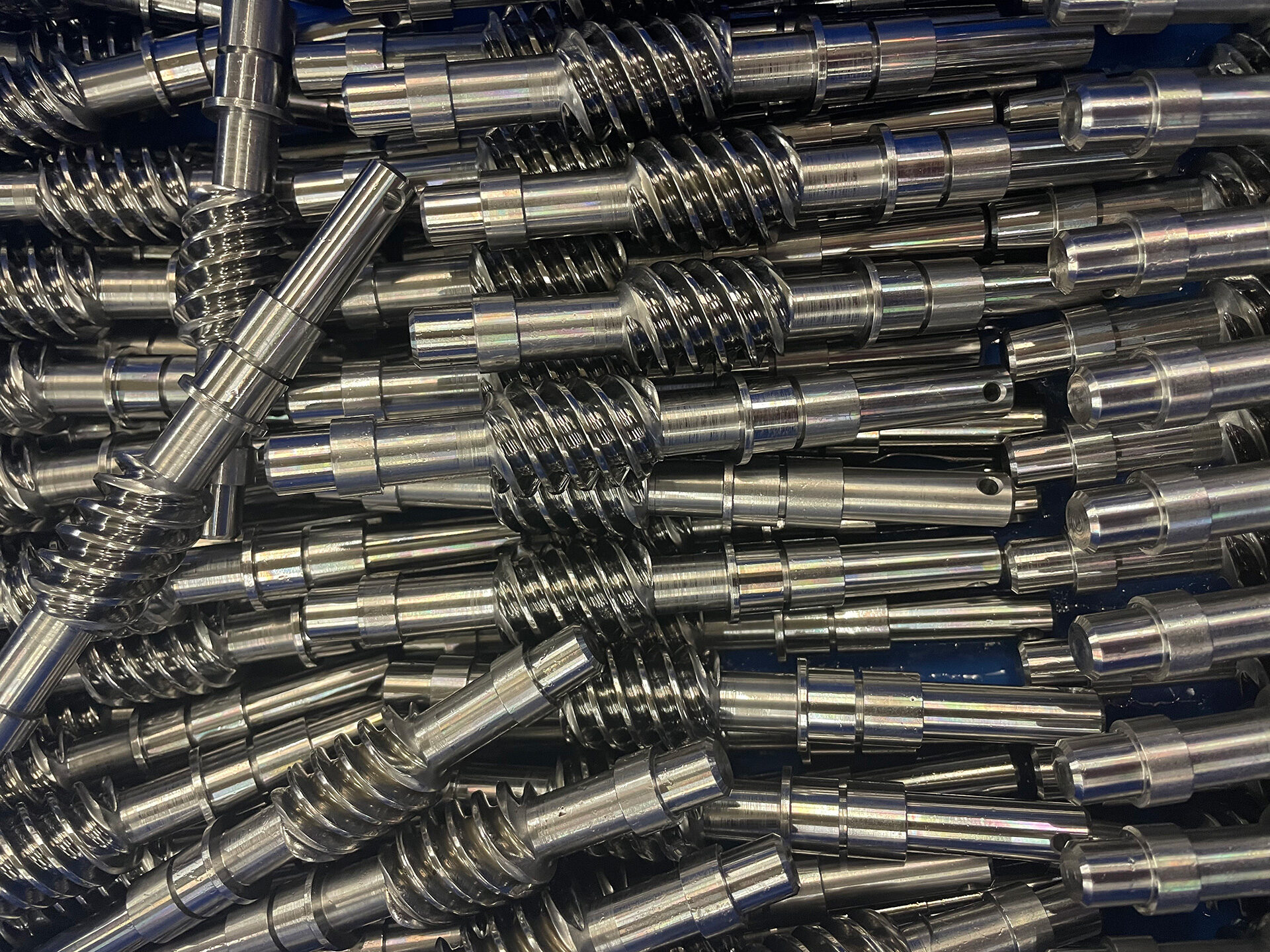From heavy machinery to aerospace applications, fasteners quite literally hold the industrial world together. But with so many types, sizes, and materials in circulation, how do engineers, manufacturers, and suppliers make sure they’re all speaking the same language when it comes to specifications? That’s where fastener standards come in.
A fastener standard is a published set of requirements that outlines the characteristics a fastener must meet. Fastener standards determine everything from dimensions and tolerances to material, finish, and performance expectations. When a part is manufactured to a recognized standard, buyers and end users can trust that it meets consistent benchmarks of quality and reliability.
For example, the American Society of Mechanical Engineers (ASME) publishes a range of standards for pins and bolts that define their allowable dimensions, materials, and mechanical properties. When you order a part that complies with an ASME standard, you immediately know what to expect.
Fastener standards can be wide-ranging, but they generally cover:
- Dimensions – inch or metric sizing, tolerances, thread profiles, and shapes
- Materials – steel grades, stainless alloys, brass, and other options
- Mechanical Properties – hardness, strength ratings, and performance under load
- Surface Treatments – plating, coatings, or finishes for corrosion resistance
- Testing Methods – how properties like strength or machinability are verified
- Terminology – consistent definitions for parts and features
These parameters create a common baseline across industries, eliminating guesswork and ensuring fasteners will fit, function, and perform as intended.
Standards exist to protect manufacturers and end users. They improve safety by reducing the risk of part failure, ensure compatibility across different vendors and industries, and streamline the purchasing process. They also reduce costs by creating efficiency in design and production, since engineers don’t have to design every fastener from scratch.
In certain industries, such as aerospace, automotive, or defense, standard compliance isn’t optional, it’s required by law or contract. In others, customers increasingly expect standard-compliant fasteners as a mark of reliability and performance.
Fastener standards are developed and maintained by recognized organizations around the world. Some of the most widely used include:
- American Society of Mechanical Engineers – well known for dimensional and quality assurance standards.
- American National Standards Institute – accredits standards developed by other organizations.
- American Society for Testing and Materials – publishes specifications for materials, testing, and safety.
- Society of Automotive Engineers – focuses on mobility-related industries, including automotive and aerospace.
- Deutsches Institut für Normung – Germany’s national standards organization, many of whose standards were later adopted by ISO.
- International Organization for Standardization – an international body setting globally recognized standards.
- Military Standards (MIL-SPEC) – issued by the U.S. Department of Defense for military-specific applications.
Each organization plays a role in ensuring fasteners are safe, consistent, and usable across industries and borders.
Fastener standards simplify communication, improve safety, and ensure performance. Sourcing fasteners that comply with recognized standards eliminates uncertainty and helps maintain consistency across projects for manufacturers and OEMs. At Rolled Threads Unlimited, we understand how critical standards are in this process, and we specialize in delivering precision-threaded products that meet or exceed those expectations.

